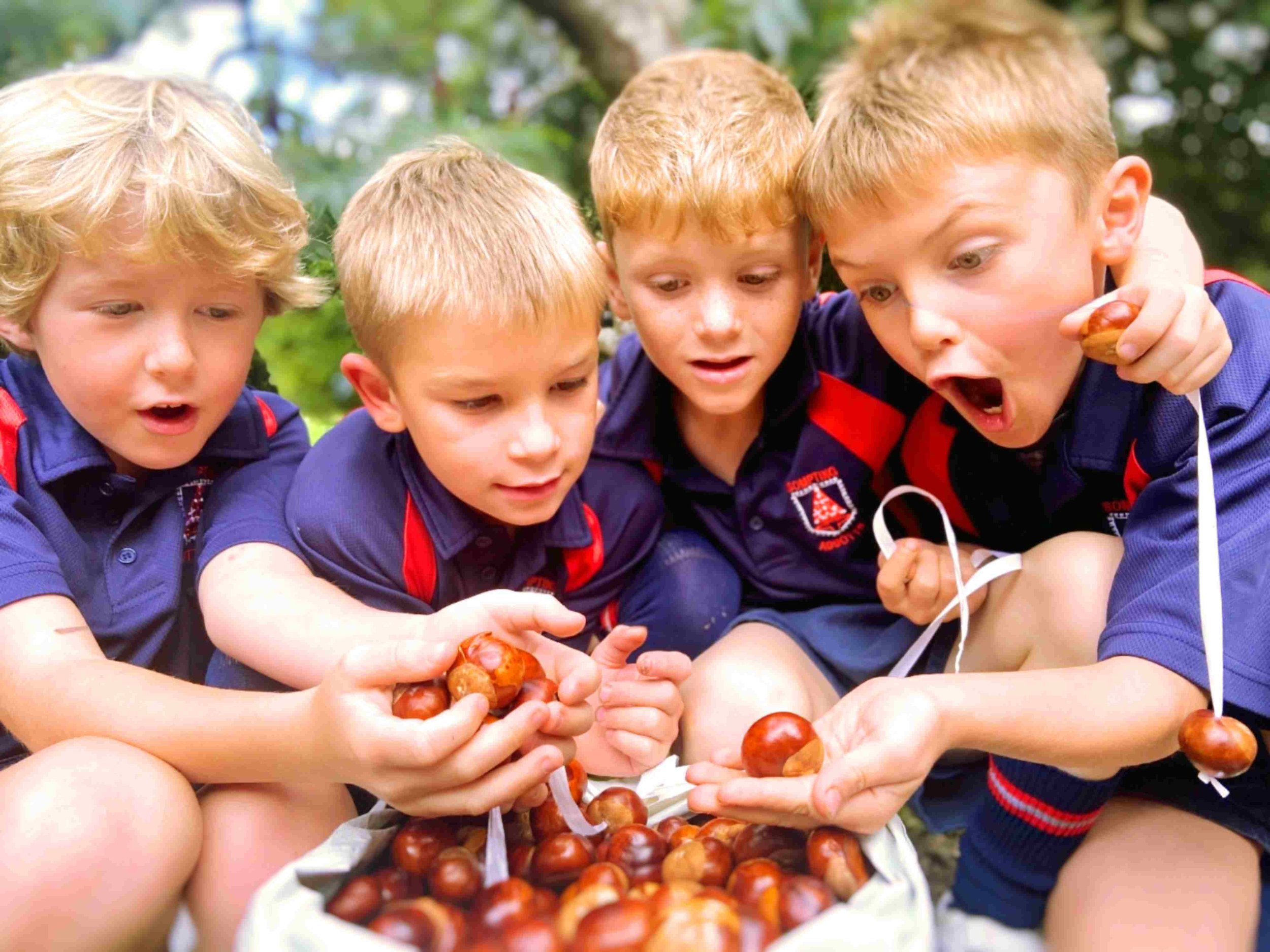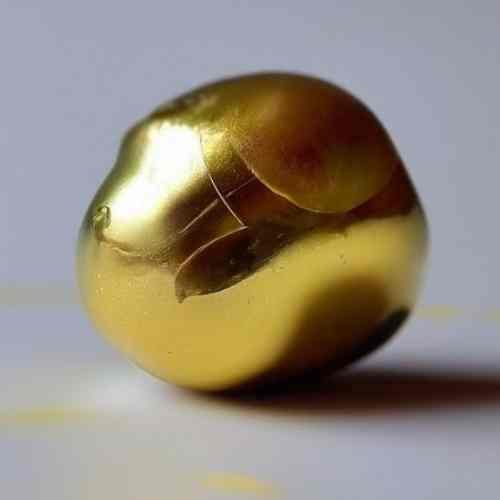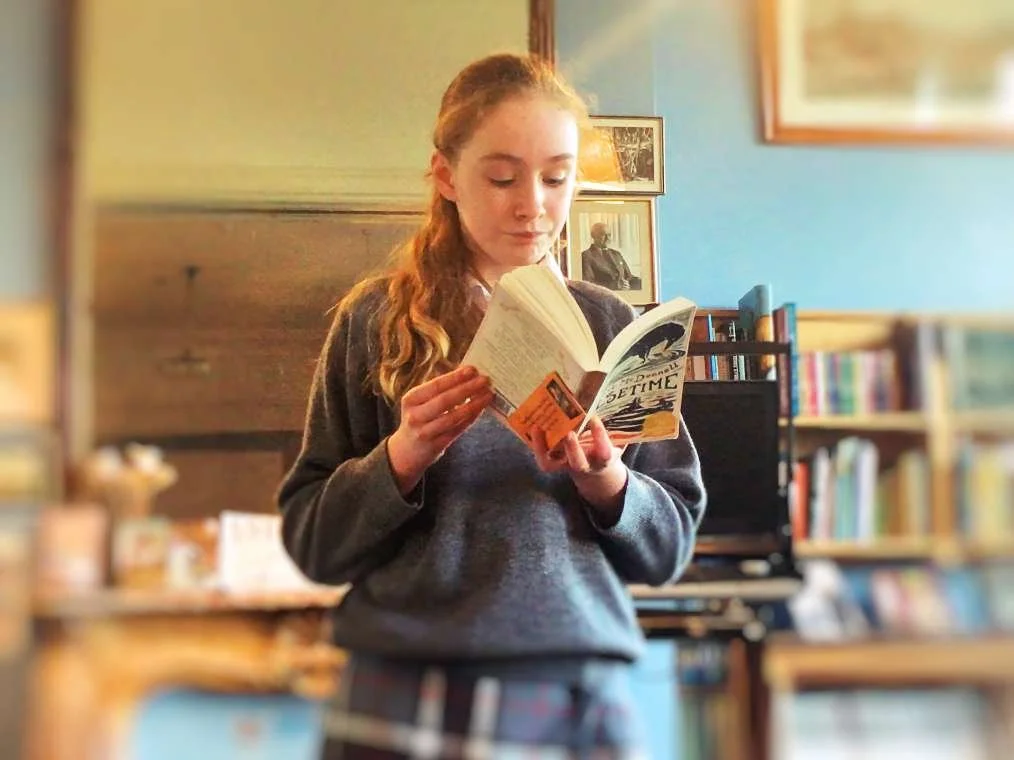Conkers and golden moments: an autumnal tradition at Sompting Abbotts
/A dance of seasons
Before we even realise, as summer says its goodbyes and the last swifts take wing to Africa, the ground beneath our horse chestnut trees becomes peppered with their prickly green orbs. And hidden within each of them, like a gem in a casket, is the sought-after conker — dark, enchanting, waiting. What child doesn’t love to collect handfuls of glossy brown conkers? Here, they don't just fill their pockets — even their socks become makeshift pouches!
Tradition holds that upon discovering your first conker, whispering “Oddly oddly onker my first conker” ensures a season of good fortune and minimal tangles.
Memories nestled in nature
We're privileged at Sompting Abbotts Preparatory School to be surrounded by numerous majestic old trees within our 30-acre parkland estate, including some stately horse chestnuts with their signature fan-shaped leaves. One of them (the children will tell you which!) is particularly renowned here for its rich pickings of shiny plump mahogany-brown conkers.
Sometimes the spiny protective green shells will have already begun to split, making easy the job of picking out the lustrous fruit from their white velvety cocoons. Other times, the children must dig inside the rough prickly husks to get at their treasure. These quests are milestones, connecting us to the rhythmic dance of the seasons.
In an age where our bond with nature sometimes feels tenuous, moments like these ground us in the embrace of the earth. Holding a newly emerged conker is like holding a piece of history. Cool to the touch, its smooth surface reminiscent of polished walnut, it's a tactile thing. Rediscovering a conker in a forgotten pocket transports you — it’s a window into bygone autumns and memories of yesteryears.
Tradition and triumph
Children have been playing conkers for over a century at Sompting Abbotts. We see no reason to stop now. There’s plenty for the children to learn from it about sportsmanship. Not least: respecting rules, being patient and waiting turns. Not every conker is going to be a champion, and not every child will win every match. Learning to lose with grace, without tantrums or sulking, is a crucial life skill.
Each year's competition is fiercely fought in multiple heats in three categories: juniors (years 3 and 4); intermediates (years 5 and 6) and seniors (years 7 and 8), until the finalists are whittled down. The excitement builds over several breaktime battles, drawing eager crowds and electric anticipation.
The hardest conkers usually win. Baking them briefly, soaking them or boiling in vinegar, or painting with clear nail varnish, are rumoured to give them an unbeatable edge. But, while these crafty techniques might sound appealing, be warned: they're strictly against the rules in official conker duels!
Golden champion conkers
After the conker dust has settled, the three victors each receive one of Sompting Abbotts' coveted ‘gold conkers’, usually with the kind of delight Charlie showed upon finding his golden ticket in Roald Dahl's timeless story.
These ‘real gold’ trophies are prepared in high secrecy in the Art Studio by Head of Art Mrs Tewkesbury. No-one knows her methods but perhaps liquid leaf gilding paint plays a part…
What are the rules of playing conkers?
For the uninitiated, here are the rules for a classic game of conkers:
1. Ready, set, swing! Aim to give your opponent's conker a good thwack.
2. Missed on the first try? Don’t worry. You get two more swings to redeem your conker's honour.
3. Tangled strings? The first to shout "strings" earns an extra shot. Think of it as a little "oops" perk.
4. A hit causing the opponent's conker to complete a full circle (known as ‘round the world’) grants the hitter an extra go.
5. If you drop your conker or it’s knocked from your hand, watch out. If your opponent yells 'stamps', it’s about to face the ultimate shoe-down. But, shout 'no stamps' in time, and the opponent has to desist and you get to save its shiny skin.
6. The game continues in turns until one of the conkers is completely destroyed.
The 'playing conkers is dangerous' myth debunked
Back in 2007, whispers began to echo through hallways about schools contemplating health & safety bans on traditional games like conkers, driven by concerns over potential injuries (and even chestnut nut allergies!). And it wasn't just conkers under scrutiny. Classic playground games like snowball fights, marbles, and leapfrog also found themselves in the spotlight.
Happily, these apprehensions were addressed head-on by the then Secretary of State for Children, Schools, and Families. Advocating for “a balanced approach” to children's play, he said children shouldn't be "wrapped in cotton wool."
True, an occasional bump on the knuckles from an off-course conker might hurt momentarily (like the player’s pride). But isn’t that all part of the learning?
Conkers across the centuries
The earliest mention of conkers is found in the memoirs (1821) of the English Romantic poet Robert Southey. He references a similar game using hazelnuts. As for the game's name, 'conkers', this could either derive from the dialect word meaning "knock out" or perhaps be influenced by the verb 'conquer'.
In autumn, here at Sompting Abbotts, conkers remains a cherished game that has stood the test of time and we're proud to continue this old British tradition. Generations have enjoyed it, and so with a conker in hand, we're keen to keep the connection going!
Headmaster Chris Gunn
“Conkers is a part of the connection to nature we cherish and encourage at Sompting Abbotts. It's a tradition that has endured across generations. For me, it's a joy to see it thrive here year after year.”



















































